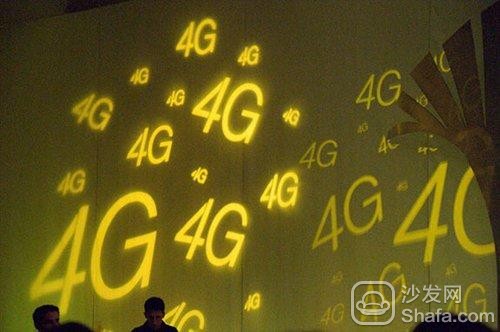
With the rapid growth of China Mobile's 4G subscribers and delays in the issuance of FDD-LTE licenses, the other two telecom operators have finally been irresistible.
According to sources from operators, China Telecom and China Unicom plan to expand more FDD-LTE trial cities in the first half of this year and strive to exceed 100 on the basis of the current 56 cities.
The purpose of this move is to achieve the scale of commercial cities as soon as possible, and forced the Ministry of Industry and Information Technology to issue licenses as soon as possible. According to the source, the Ministry of Industry and Information Technology is expected to issue FDD-LTE licenses around 5.17 Telecommunication Day this year.
Earlier, Minister of Industry and Information Miao Wei had made it clear that 2015 will wait until the conditions are ripe to study and issue the second license of FDD-LTE, but also will accelerate the construction of TD-LTE network and stimulate the development of users, stimulate the number of users to increase, and strive to break through 250 million.
In 2014, FDD licenses never had "boots landed". The impact on China Telecom and China Unicom will continue to grow, especially China Telecom.
According to relevant statistics, in the first half of last year alone, China Telecom’s cumulative net reduction of users exceeded 4 million. As for the reason for the decline in the number of mobile subscribers, China Telecom stated that it was mainly due to competitors launching LTE services and strengthening marketing promotion that exacerbated market competition. Due to adopting the 42M strategy of HSPA+ to cope with China Mobile’s 4G, Unicom’s mobile subscribers have not decreased much.
It is worth noting that at present, China Telecom has only obtained 4G licenses for TD-LTE network standards, so it can only use CDMA+TD-LTE dual-network combination mobile phones. However, this double-network operation mode still has problems. On the contrary, the FDD-LTE+CDMA dual network combination favored by China Telecom is more mature. This also led to China Telecom’s reluctance to invest too much effort in developing TD-LTE networks.
And China Unicom's more mature WCDMA+FDD-LTE is an international common model. The card in its hands is also crucial for China Mobile. Because China Mobile can only rapidly increase the coverage of TD-LTE in international roaming through the WCDMA+FDD-LTE-compatible model, which will lead more international operators to be compatible with TD-LTE. China Unicom, however, is eager to issue FDD as well as China Telecom. LTE licenses, but with this layer of assistance from China Mobile is not in a hurry.
So China Unicom proposed a dual 4G development strategy in 2015 and plans to sell 100 million dual 4G terminals this year. Analysts pointed out that with China Mobile's multi-mode terminals, it is not difficult to achieve such goals.
Several experts in the industry told Tencent that the FDD-LTE license will “be mesmerized†this year. By then, the only obstacle to China Telecom’s development in the 4G market will disappear.
At the same time, the iron tower company that shares the base station site resources has slowly been on the right track. China Unicom and China Telecom will likely enjoy the millions of base station resources that China Mobile has spent for a year to build, and will make up for the previous regrets. come back.
For example, the latest information obtained by Tencent Technology from the Tower Company shows that the Chongqing Tower has integrated the demand for the new high-speed rail projects of the three operators one by one, and finally finalized a total of 160 newly-built shared sites, with a new share rate of 100% and a site reduction of approximately 50%. Construction is expected to save the operator's cost investment close to 30 million yuan.
Relevant person in charge of the Tower Company expressed to Tencent Technology that the nationwide integration of the tower resources has begun, and that the time scale of cost savings for operators will be even greater in the future.
Although the competition between operators is turbulent, for common mass users, the difference between the two types of 4G networks for actual use is not obvious. The difference mainly depends on the operator coverage and regional carrying capacity.
Judging from the current sequence of progress, China Mobile’s 4G network covers the country after a year of basic coverage. In 2015, the focus is on deep coverage. Therefore, China’s overall performance is better than China Unicom and China Telecom; however, it is necessary to use 4G networks to roam overseas. Users, I am afraid that the choice of FDD-LTE network, after all, FDD-LTE maturity is higher than TD-LTE, China Unicom, China Telecom's 4G network to overseas transition smoother and smoother.
There is no doubt that the FDD-LTE license issuance process will speed up in 2015. By then, China Telecom and China Unicom will fully develop 4G networks and take the path of 3G+4G evolutionary network development, while China Mobile will make even greater efforts to develop 4G. The network, the 4G contest of the three major operators will really open offensive this year.
Recommended installation sofa butler, download address: http://app.shafa.com/
